Neuroma removal



A digital nerve neuroma is a benign tumor that develops due to damage or severance of a digital nerve. It forms at the site of abnormal nerve ending regeneration and often causes significant discomfort.
Symptoms of a Digital Nerve Neuroma:
- Pain intensified by touch or pressure,
- Numbness or tingling in the finger,
- Hypersensitivity to touch, particularly at the site of the lump,
- Reduced finger functionality.
Qualification for surgery
The decision to perform the procedure is made by a physician during an orthopedic consultation. A medical history is taken to identify symptoms and situations in which they occur or worsen, followed by a physical examination, including palpation, supplemented if necessary by an ultrasound examination.
Procedure
The removal of a neuroma along the digital nerve is performed after preparing the surgical field and anesthetizing the area. The surgeon makes a small incision along the nerve’s path, carefully exposes the nerve, and excises the neuroma. If possible, the digital nerve is sutured end-to-end. If not, the proximal end is anchored in the soft tissues to prevent recurrence. When the proximal nerve end is anchored in the soft tissues, the patient may experience permanent loss of sensation in the distal part of the finger. The wound is closed with sutures and covered with a sterile dressing. The procedure takes approximately 40–60 minutes, and the patient can typically leave the facility immediately afterward. Full recovery usually takes 2 to 6 weeks.
After Procedure Recommendations
After the procedure, it is important to follow the recommendations:
- Resting the operated limb for several days post-procedure,
- Avoiding overuse of the affected finger,
- Changing dressings every 2 days,
- Removal of skin sutures 10–14 days post-procedure.









